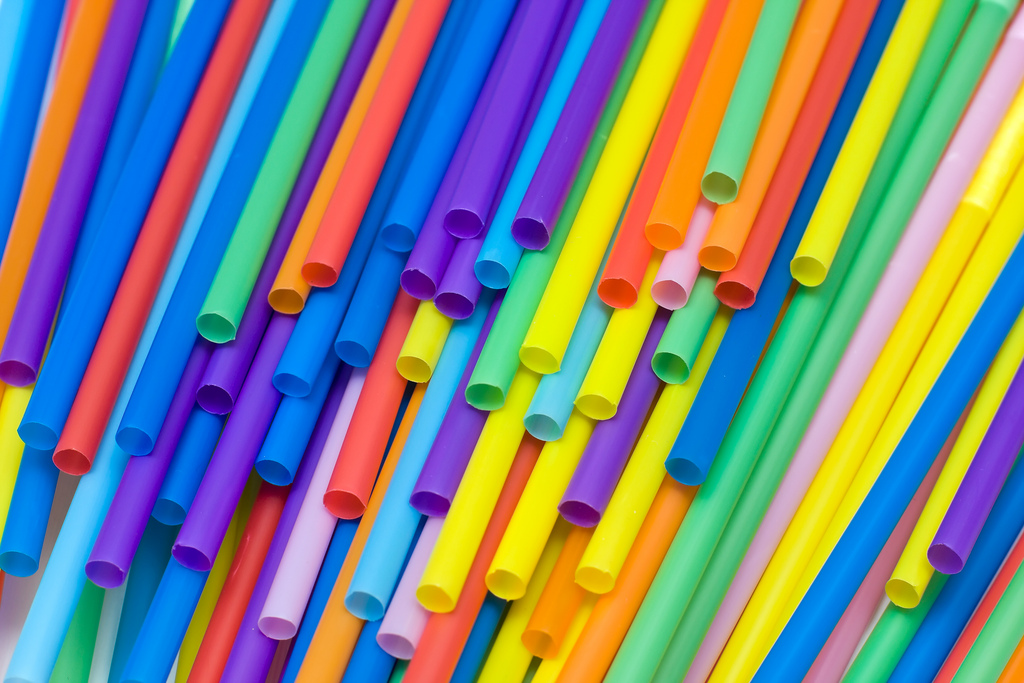
Right Now with Mario Smith (LinkedIn/Twitter)
There is no doubt we have a plastic problem. Our oceans are plagued with it and streets full of it.
How do we fix this issue? We take baby steps. First up, straws.
Seattle became the first major city to ban the use of plastic straws and utensils. Over the last couple of months, city officials in Miami Beach, Fla., New York, San Francisco, Santa Barbara, Calif., and Portland, Ore., have moved forward in their efforts to ban single-use plastic straws. Corporations, restaurants, and some sports venues have followed suit stating they would phase out single-use plastic straws in time. This is noteworthy as we continue towards reducing single-use plastic products and items. Moreover, this should be a step towards reducing the already growing footprint of plastics in our oceans and streets, not just a straw stoppage. Let’s hope this effort does not end up being a trend from 2018.
So why the straw?
The straw is not the focal point of this issue, single-use plastics are. The straw is merely the gateway to spark conversation about our practices with single-use plastics and their disposal. In a report from 2015 published in Science Advances, approximately 79% of all plastic waste ends up in landfills or becomes a permanent fixture to our natural environment. An additional 12% goes to the incinerators, adding a lovely smell and haze to our atmosphere. A mere 9% of plastic is actually recycled. Astonishing. My hometown Salina, Kansas opened their drive-thru recycling center recently, but is it enough? Are cities able to take on, and encourage, the level of recycling possible to minimize our plastic waste footprint? One option is to turn that plastic into usable items for the long-term. Bricks.
Bricks are a stable material to build a home with, and why not create bricks with recycled plastic. Recycled bricks can be assembled together like LEGOs, reducing the time to build a home with traditional brick. This product can also be fire-resistant, cheaper, and eco-friendly. Can cities not only accept plastic for recycling but also develop park structures? Perhaps their own plastic playground accessories? How difficult would it be to make walking paths out of recycled plastics? Guardrails? Benches? The possibilities could be endless for recycled plastics.
One thing is for sure though; we can’t let this 2018 movement be a trend. We must continue to pursue alternatives to single-use products, including these pesky straws. Yesterday, Aardvark the current, and only, U.S. producer of paper straws, has been force to meet skyrocketing demands from around the U.S. However, the fact that it is the only producer of paper straws in the U.S. tells us they won’t be able to keep up with demands. Moreover, what will happen when the company starts wrapping each paper straw in single-use plastic wrappers? Then we’re back to square one.
Our plastic problem will not be solved in one day, month, or year. It can, though, be continuously pursued to achieve effective results in reducing our footprint in plastic waste.
Have you thoughts of any alternatives to single-use plastics? If so, did you enlist your fellow change agents to help spread those ideas and start meaningful change in your communities?
